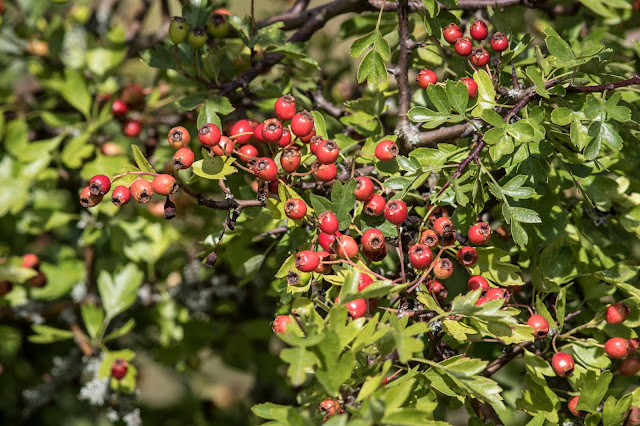common blue,
and blue-tailed.
It is interesting that some blue-tailed males still have "immature" colouring".
In each previous week I have posted photos from only that particular week but I have also been collecting photos to show the variation in colour of the blue-tailed damselflies. Immature males have a greenish thorax and a blue "tail"
but mature males are blue at both ends.
Females come in five colour forms. Violet immature females (violacea)
mature into a male-type colour (typica)
or a green and brown form (infuscans).
Orange/pink immature females (rufescens)
mature into a brown form (rufescens-obsoleta).
Here is a mature male with a rufescens-obsoleta female.
Here is an immature male with a typica female.
An immature male with a violacea female.
And a mature male with a violacea female.
This is the first week I have not seen an emperor dragonfly since they first appeared in week 23. The common hawkers also failed to appear after a shorter season, seven weeks. Several male migrant hawkers were flying and common and ruddy darters are still plentiful.
Here are some little creatures I have never seen before. It took me quite a while to identify them and I posted the photo on iSpot to be sure. These are green leaf-hoppers (Cicadella viridis). The larger turquoise ones are females and the smaller blue ones are males. There are over 20,000 species of leaf-hoppers in the world!
Butterflies this week included female green-veined white
and male common blue.
Lots af fruits and berries are ripening in the hedges so autumn can't be far away.






























No comments:
Post a Comment